PROTECT YOUR DNA WITH QUANTUM TECHNOLOGY
Orgo-Life the new way to the future Advertising by Adpathway Marcus Hansson represented Team Sweden at the Motocross des Nations in 1991, 1992, 1993 and 1994.
Marcus Hansson represented Team Sweden at the Motocross des Nations in 1991, 1992, 1993 and 1994.
BY JIM KIMBALL
HOW DID YOU GET STARTED IN MOTOCROSS? It started with my oldest brother. He and my father were interested in motorsports, and they bought an off-road bike and were trying to race it on the track. It was not a good motocross bike, so they tried to modify it, but it was not a good off-road bike, either. They sold that one and bought a used bike that was supposedly better. They later stopped riding, but I liked it. I was watching them, so my interest grew. I was doing many sports in school, but motocross was something that I liked more.
HOW OLD WERE YOU? Nine or 10 years old. We had local tracks. In the beginning, we simply rode because we thought it was fun. It was not the training-type riding that young riders do today, it was more for fun.
WHEN DID YOU FEEL MOTOCROSS COULD BE YOUR CAREER? I started to race more and improve when I was 15. So, between 10 and 15, it was only for fun. At 15, I suddenly started riding very well and was almost at the top in local racing events. From there I got more focused on training, and it just happened. I soon became very good – I don’t know why.
AFTER YOU GRADUATED FROM HIGH SCHOOL, DID YOU START RACING FULL-TIME? I was racing my two last years in high school. When I was 18, I got a job, but when I turned 19, I started racing full-time. I began seriously training and practicing. I tried to learn everything about motocross. Then I did some international races and some Grand Prix rounds. I did two Grand Prix’s in 1989 on a 250.
HOW DIFFERENT FROM SWEDISH NATIONAL MOTOCROSS WERE THE GPs? The tempo and the speed were much higher at the Grand Prix’s, but I did quite well in my first GP, but that was in Sweden. I was very fast in Sweden; I think I was 10th in one moto at my first GP in Sweden. The track was a sandstone-type soil. Swedish guys have always been very good in this type of soil, because we have a lot of it here. All the Swedish riders are good in Sweden, but when they race outside Sweden, they normally do not ride so well.
WHILE TALKING ABOUT SWEDEN, YOU RACED FOR TEAM SWEDEN AT THE MXDN, DIDN’T YOU? I was supposed to ride in 1990 when Motocross des Nations was in Sweden, but I crashed and hurt my wrist. I had to watch at that race. Then I raced in 1991, 1992, 1993 and 1994.
I WAS RACING MY TWO LAST YEARS IN HIGH SCHOOL. WHEN I WAS 18, I GOT A JOB, BUT WHEN I TURNED 19, I STARTED RACING FULL-TIME. I BEGAN SERIOUSLY TRAINING AND PRACTICING. I TRIED TO LEARN EVERYTHING ABOUT MOTOCROSS.
DO YOU REMEMBER MUCH ABOUT THOSE RACES AND HOW THE SWEDISH TEAM DID? Yes, I remember it quite well. In 1990, when I was injured, the Swedish team was third overall, and the USA won, as they always did at that time. In 1991, Sweden was fourth. In 1992, the MXDN was in Australia, and I got sick before the race, so I didn’t do well. Sweden finished 10th in the final standings. In 1993, we went to Austria, and we finished third again. I will say that we were third- or fourth-place finishers when we had a good day.
IN 1994, YOU WON THE 500 WORLD MOTOCROSS CHAMPIONSHIP. YOU SURPRISED MANY PEOPLE BECAUSE THEY EXPECTED JACKY MARTENS OR JOEL SMETS TO WIN ON THEIR FOUR-STROKES. HOW DID YOU BEAT THEM? I raced a very smart series. Maybe I was not the fastest rider at every track, but I was consistent in every race. I only DNF’d one moto all year, and that was when my chain broke at the Italian Grand Prix. Also, I had no injuries or sickness or anything like that. After round three in Ireland, which I won, I was leading the 500 points.
AFTER TAKING THE POINTS LEAD EARLY IN THE TITLE FIGHT, DID YOU RACE DIFFERENTLY? I began thinking that I needed to take as many points as possible, but not take any big chances. That was my goal from the beginning, so even if I was leading after the third Grand Prix, I went fast when I could, but in a safe way. I would accept a third, fourth or even fifth place. That was okay if I could get to the finish line.
WAS YOUR HONDA CR500 A FACTORY BIKE? Oh no, it was a production bike, only slightly modified with an exhaust and silencer. It had a little cylinder work and different suspension, but not anything special. Everybody could get the parts I had, and it was no big deal. The stock CR500 was very good, and I liked it. I tuned it in a way that I was comfortable with.
HARD TO FATHOM THAT YOU WERE LEADING THE 500 WORLD CHAMPIONSHIP AND DIDN’T GET ANY SUPPORT OR MONEY FROM HONDA? I got no help from Honda. The factory had stopped supporting the 500 Grand Prix class. The Swedish Honda importer helped me a bit. It was no big deal, but they did what they could, and it was enough for me.
 In a 500 World Championship littered with works bikes, high-tech four-strokes and big budgets, Marcus Hansson won the 1994 FIM 500 Championship on a privateer Honda CR500.
In a 500 World Championship littered with works bikes, high-tech four-strokes and big budgets, Marcus Hansson won the 1994 FIM 500 Championship on a privateer Honda CR500.
YOU RACED AGAINST THE WORKS VERTEMATI OF JOEL SMETS AND HUSQVARNA OF JACKY MARTENS? Yes. Martens’ motorcycle was very trick and well proven by 1994. Smets’ Vertemati was also a very special bike. Sometimes they had an advantage over me and sometimes they didn’t, but it was the same for me. They obviously had more power than me, largely because the FIM allowed the four-strokes to have more displacement.
HOW MUCH OF A DISPLACEMENT ADVANTAGE DID THEY HAVE OVER YOUR CR500? I believe they used 600cc engines. So, of course, they had an advantage at some races, but sometimes the four-stroke was not the best bike. It was a lot heavier.
THERE WAS A RIDER STRIKE BEFORE THE SECOND MOTO AT THE SLOVAKIAN GP, WHY? It was very rainy the night before, and the track was completely muddy. With the mud, the bikes were extremely heavy, and the race had very big hills. So, Smets, Martens and I had a meeting after the first moto, and we said it was too risky. We decided not to race, although some riders did race that second moto. We stayed off the track. I don’t remember how many riders did race the second moto, but we did not.
WERE YOU PENALIZED? No, we did not get penalized, because they still raced the second moto. We were the three top riders in the 500 Championship, so it did not change the total points. For us, it was a very risky race.
EVENTUALLY, THE 1994 CHAMPIONSHIP CAME TO A LAST MOTO BATTLE BETWEEN YOU AND JACKY MARTENS, RIGHT? Yes, both Martens and I tied in points going into the final moto. Whoever finished in front of the other guy would win the World Championship. It was that tight.
 After winning the 1994 500 World Championship, Marcus was seriously injured at a German Supercross race. The resulting head and neck injuries forced him to quit racing.
After winning the 1994 500 World Championship, Marcus was seriously injured at a German Supercross race. The resulting head and neck injuries forced him to quit racing.
THERE HAD TO BE SO MUCH PRESSURE. I had a 16-point lead going into the final German Grand Prix. In the first moto, I lost all those points when Dutch rider Gert Jan Van Doorn lined up beside me and cut across in front of me. I almost had to stop, because if not, he would have run me down. I ended up in the back of the pack. I was trying to move up, but when I got to Doorn, he was trying to take me off the track. He was brake checking and blocking me everywhere. I did not like that. He was not focused on the race. He was focused on me not passing him, but eventually I passed him. Martens won the first moto and I finished 12th.
DOORN MUST HAVE HAD SOME MOTIVATION.Yes, for sure. I never experienced that kind of racing in the GPs before. After the first moto was finished, I shoved him off his bike, but people jumped in and stopped me. I was very angry.
AFTER YOU WON THE CHAMPIONSHIP IN 1994 YOU HAD A SERIOUS CRASH, RIGHT? Yes. I was riding Supercross at that time in the winters, and I went to Germany in January of 1995. I had a big crash and some serious head and neck injuries, and I was out for more than a year.
I WAS TRYING HARD TO COME BACK IN 1996. I TRIED TO RACE, BUT I COULD NOT DO IT ANYMORE. I HAD TO GIVE UP.
SO, YOU NEVER GOT TO RUN THE NUMBER-ONE PLATE IN 1995. I was trying hard to come back in 1996. I tried to race, but I could not do it anymore. I had to give up. But, even if I had been okay, I would not have raced with the number one in the 500 class anyway, because I planned to switch to the 250 class for 1995.
I DIDN’T KNOW THAT.My goal was to move down to the 250 class and try to win there. I had a deal with Georges Jobe’s team to race a CR250 with HRC parts in 1995. That bike was good enough to make the top three without any problem.
 How trick was Marcus Hansson’s World Championship-winning Honda CR500? Not very. It had an aftermarket exhaust pipe and suspension. Marcus got no support from Honda.
How trick was Marcus Hansson’s World Championship-winning Honda CR500? Not very. It had an aftermarket exhaust pipe and suspension. Marcus got no support from Honda.
WHEN YOU REALIZED THAT YOUR MOTOCROSS CAREER WAS OVER, WHAT PATH DID YOU TAKE? In the beginning, I stepped away from motocross. I needed time to find myself and be as good as possible again. It is not easy when you want to do something, but you can’t, and yet everyone is pushing you to come back. It is just too much.
YOU WERE YOUNG AND THE FIRST WORLD CHAMPION FROM SWEDEN SINCE THE 1970s. That is right. I was only 25 when I won the 500 Championship, so I had many good years in front of me. That is why I planned to move to the 250 class.
“WHEN I CROSSED THE FINISH LINE IN 1994 IN GERMANY, IT WAS A BIG RELIEF THAT I COULD FINALLY BREATHE OUT. ALL THE PRESSURE AND TENSION WAS GONE. OF COURSE, THAT IS A NICE MEMORY AS WELL. BUT, BY THEN,MY MIND WAS ON MOVING TO THE 250 CLASS IN 1995.
 Before he got injured, Marcus (7) had signed with Georges Jobe’s Honda team to race the 1995 FIM 250 World Championship.
Before he got injured, Marcus (7) had signed with Georges Jobe’s Honda team to race the 1995 FIM 250 World Championship.
AFTER YOUR CHAMPIONSHIP, COULD YOU RETIRE ON YOUR WINNINGS? No! That was not possible. The year I won the 500 title, I did not make any money. Nothing. I spent everything I earned getting to and from the races.
WHAT DO YOU THINK ABOUT SO MANY YOUNG GRAND PRIX RIDERS MOVING TO AMERICA TO RACE? That’s probably the right thing to do. If you are not on a factory team in Europe and don’t have big sponsor money, it is difficult to get on a good team. Some GP riders must pay the team, and it is not small money, either.
SWEDEN USED TO HAVE THE FASTEST RIDERS IN MOTOCROSS, BUT NOT SO MANY NOW. WHY IS THAT? I think that the mentality from that time was different than these days. Sweden had Bill Nilsson, Sten Lundin, Torsten Hallman and Rolf Tibblin. Motocross is a tough sport. You really need to give 100 percent, and maybe the young generation aren’t so willing to do that. The older guys were different from the younger riders of today.
TELL ME MORE. My oldest brother and I ran some motocross training camps in Sweden for 8 or 10 years. We helped the young 65cc, 85cc and 125cc riders, and they did well in the Swedish Championship, the European Championship and the Junior World Championship. It was nice to help them, but when they turned 16, they began dropping off. I don’t know why, but that is what happens.
WHAT YOU ACHIEVED BY WINNING THE 1994 FIM 500 WORLD CHAMPIONSHIP WAS SOMETHING SPECIAL. YOU WERE THE LAST SWEDE TO WIN A WORLD TITLE, YOU DID IT ON A TWO-STROKE, AND YOU WERE A PRIVATEER. YOU HAVE A LOT TO BE PROUD OF!Yes, I am very proud. I am happy with what I did, but it was too bad that the two-strokes were on the way out. I really liked them. I am happy that I could race in that time, because I really enjoyed riding my CR500.

WHAT IS YOUR BEST RACING MEMORY? The best feeling that I ever had was when I won the Swedish Championship for the first time in 1990. In 1989, I was good, but I was far away from the other Swedish riders. They were very strong in their time, like Jorgen Nilsson and Peter Johansson. I managed to win the Swedish Championship in 1990, and for me that was my best memory.
I EXPECTED YOU TO SAY WINNING YOUR 1994 WORLD CHAMPIONSHIP. When I crossed the finish line in 1994 in Germany, it was a big relief that I could finally breathe out. All the pressure and tension was gone. Of course, that is a nice memory as well. But, by then, my mind was on moving to the 250 class in 1995.



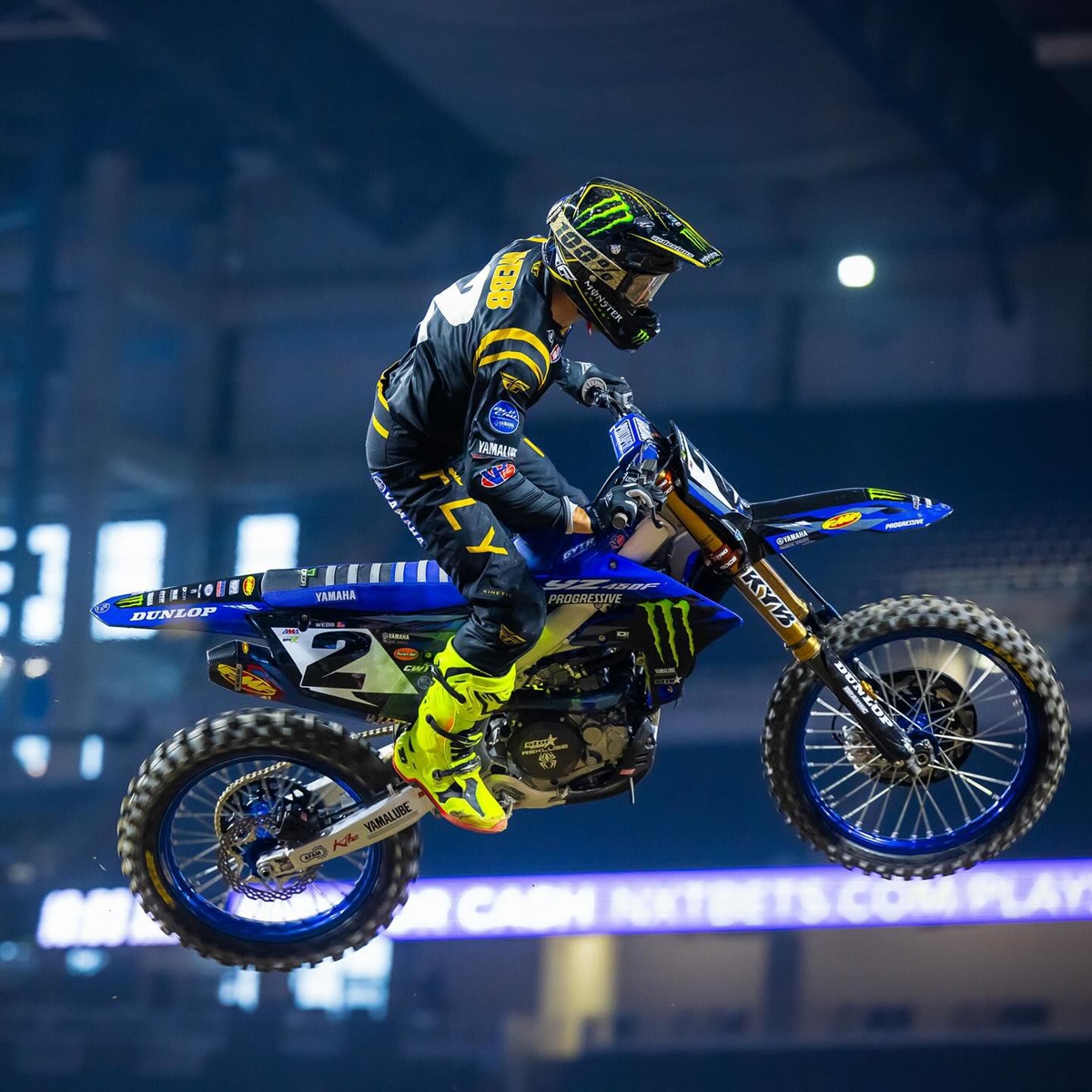
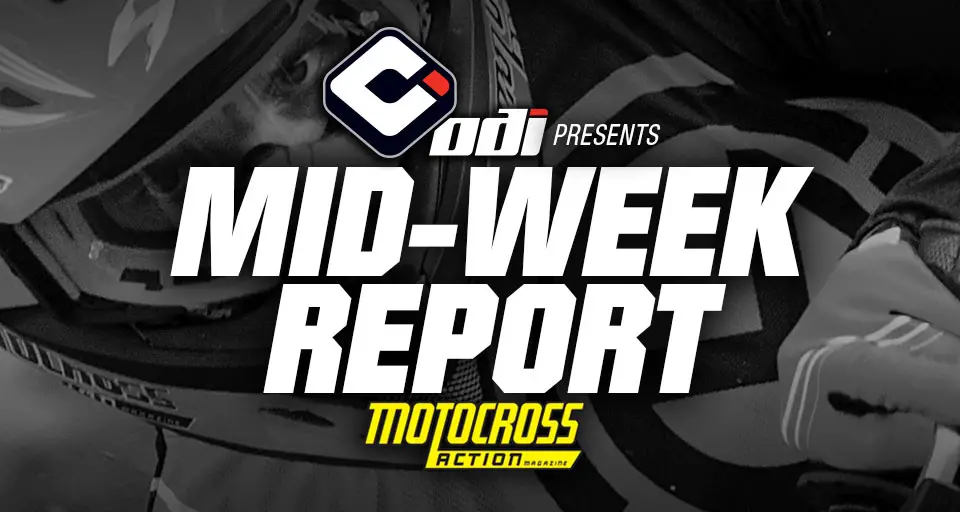
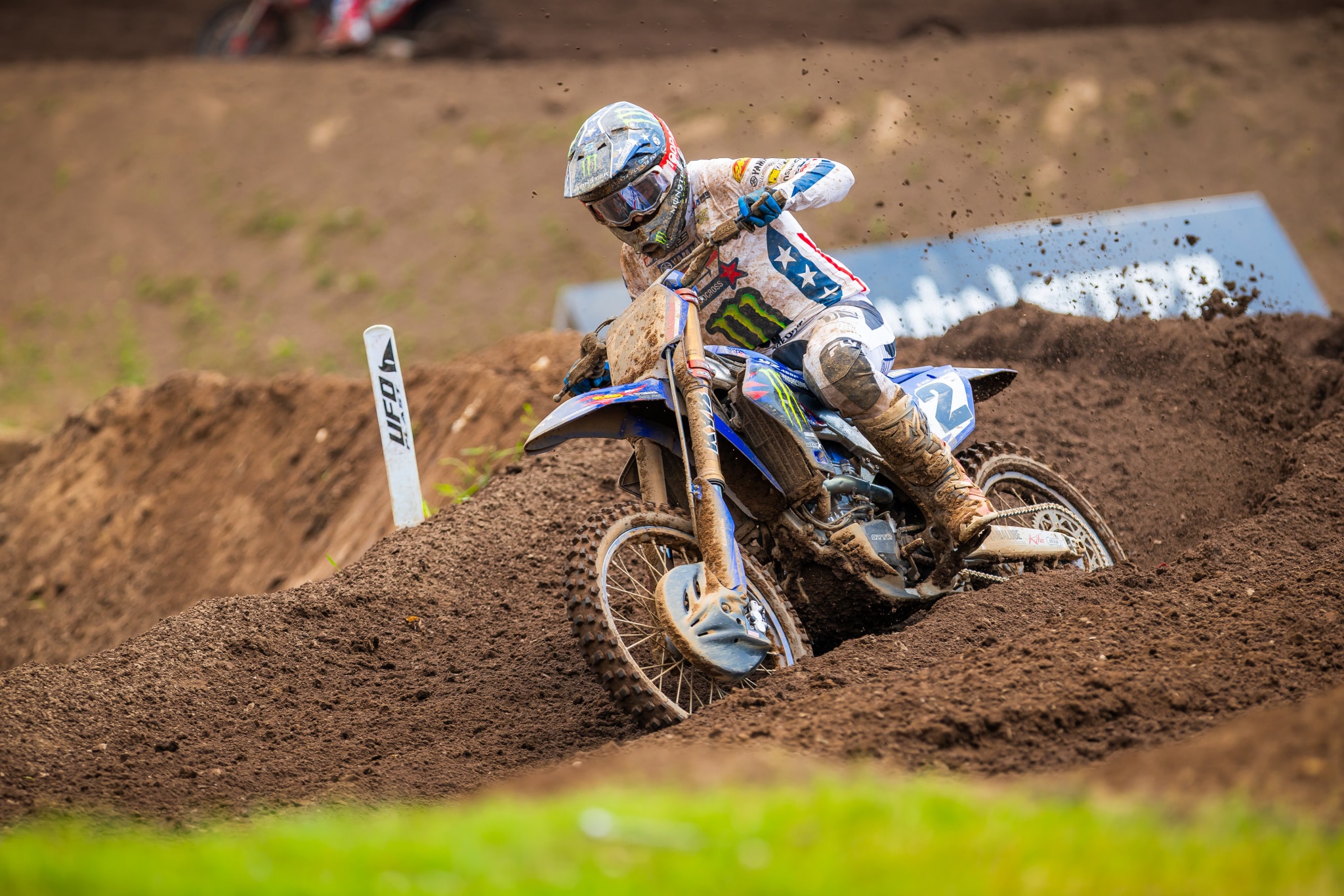

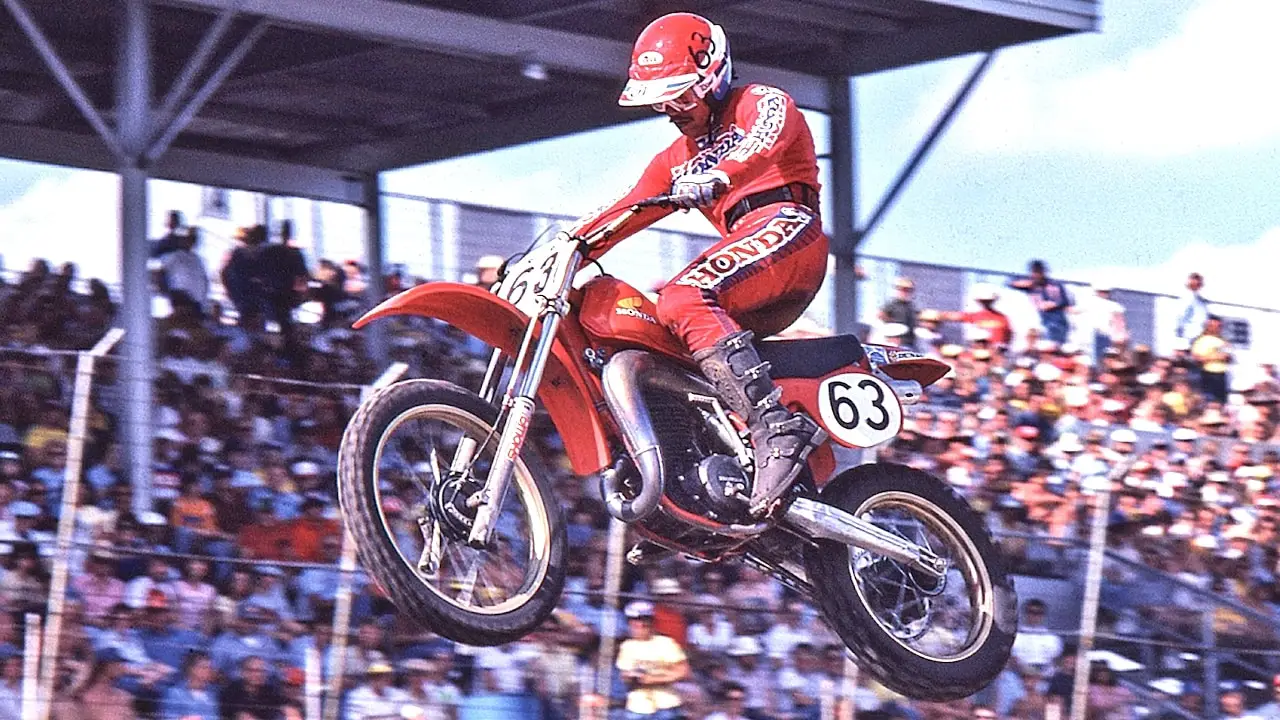




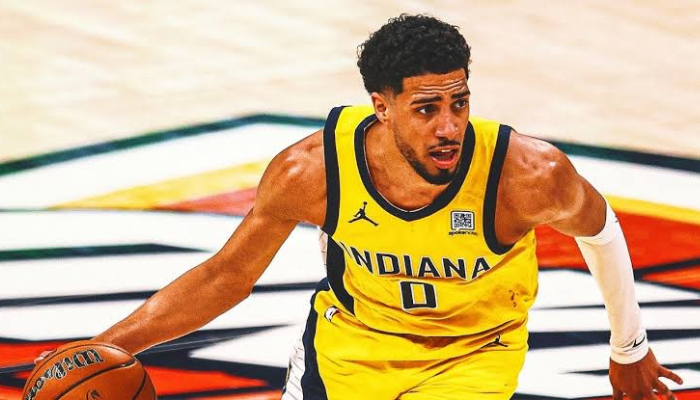

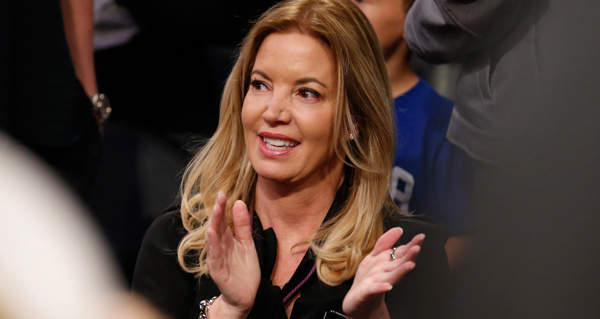

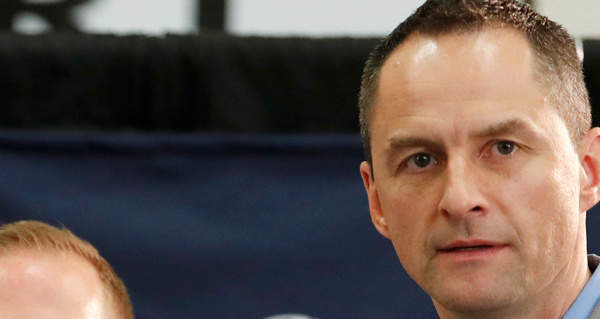
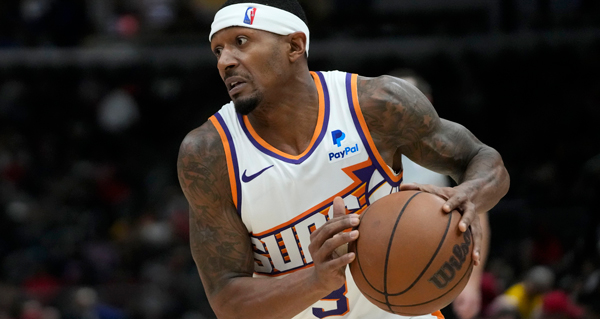
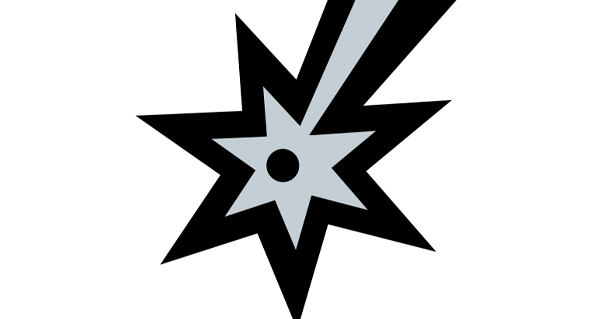

 English (US) ·
English (US) ·  French (CA) ·
French (CA) ·